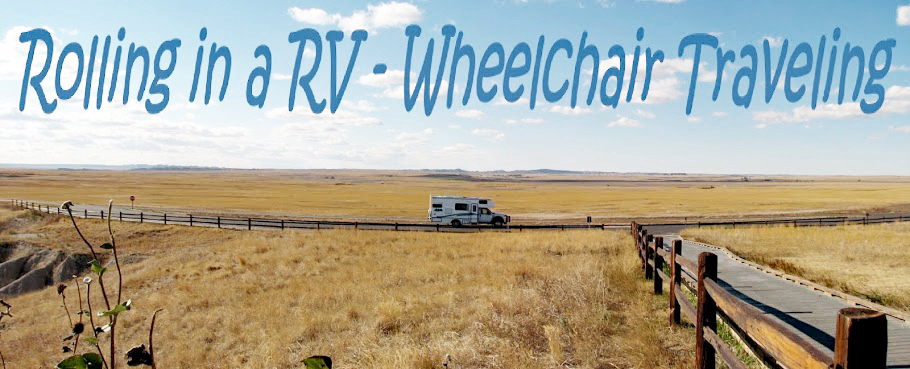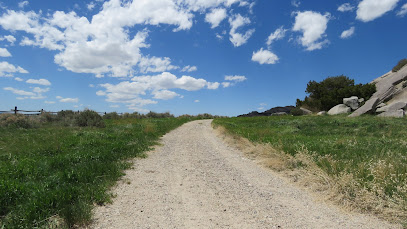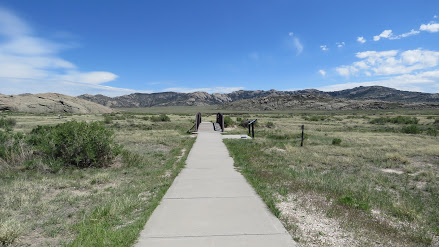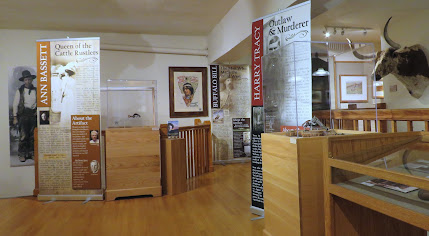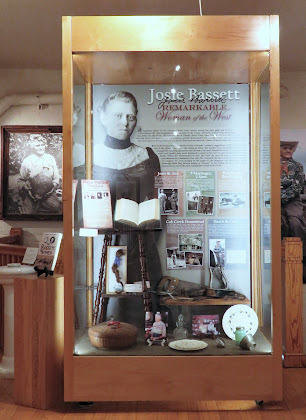
Saturday, May 31, 2025
Gray Reef Campground

Friday, May 30, 2025
Martin's Cove Visitors' Center
Martin's Cove is named after the Martin company which sheltered in the cove for five days. The Mormon Church bought the property from the Sun family who had established a ranch in the area in 1872. The ranch house has been converted into a museum that tells the tragic story. Docents are on hand to answer questions. Besides the museum there's a reconstructed trading post that had been abandoned when the companies passed through the valley, the Sun Ranch buildings, a short trail with sculptures, a trail to Devil's Gate, and a trail to Martin's Cove.




Thursday, May 29, 2025
Independence Rock State Historic Site
The rock made an inviting canvas to the travelers who scratched, chiseled, and painted their names on it. Many have faded or weathered away but there are still hundreds of names that can be
seen. A paved path with interpretive signs leads to the base of the rock and to a group of plaques and chiseled names from the 1920s. A one mile path circles the rock and it's possible to climb to the top.






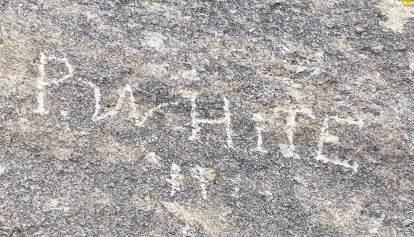

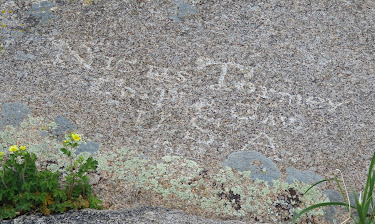
Wednesday, May 28, 2025
Devil’s Gate Overlook
Millions of years ago the valley was filled with sediment. As the river flowed through the valley it cut down through the dirt and eventually hit granite and kept cutting. Years of erosion exposed the ridge and the slot that was an important landmark and source of wonder to travelers.
 The overlook has a short, paved, and accessible trail with interpretive signs. Overlook 42.4373, -107.21756
The overlook has a short, paved, and accessible trail with interpretive signs. Overlook 42.4373, -107.21756Tuesday, May 27, 2025
Carbon County Museum
Monday, May 26, 2025
Museum of Northwest Colorado

